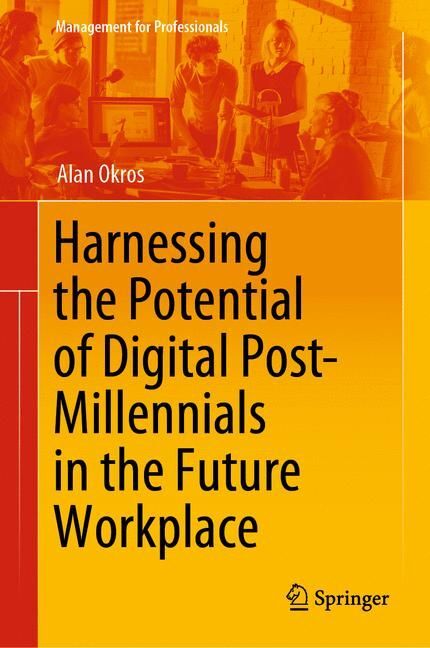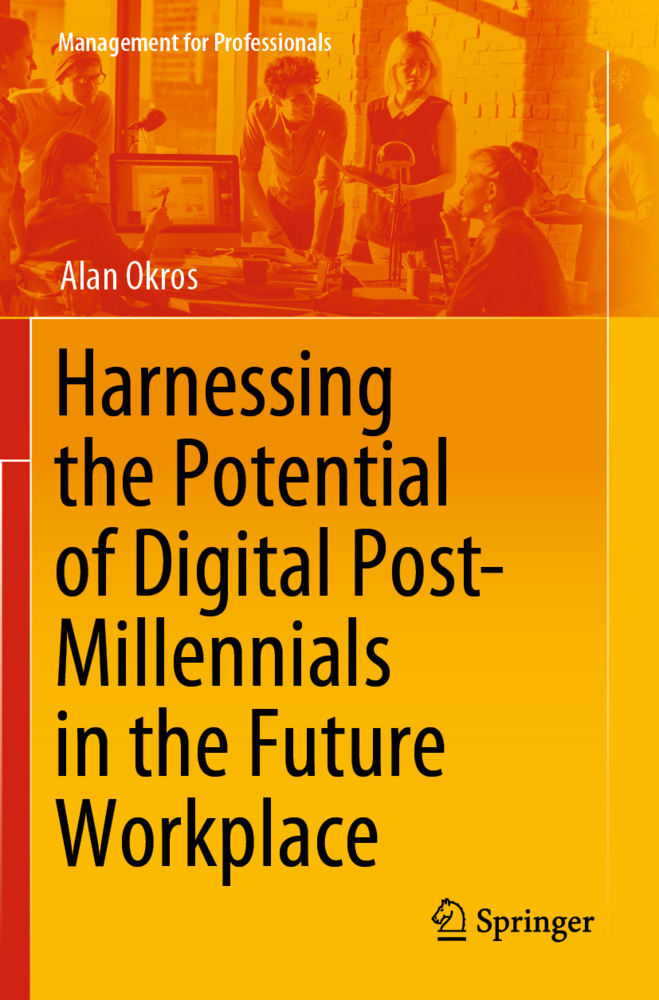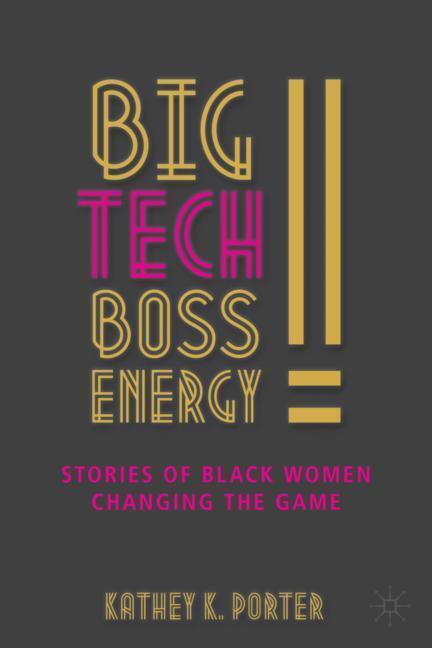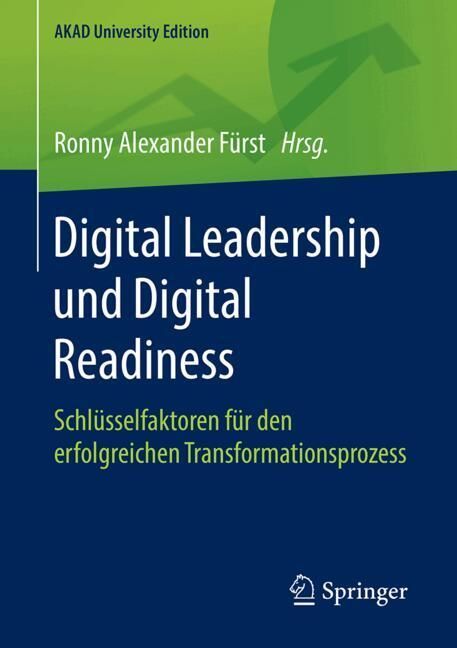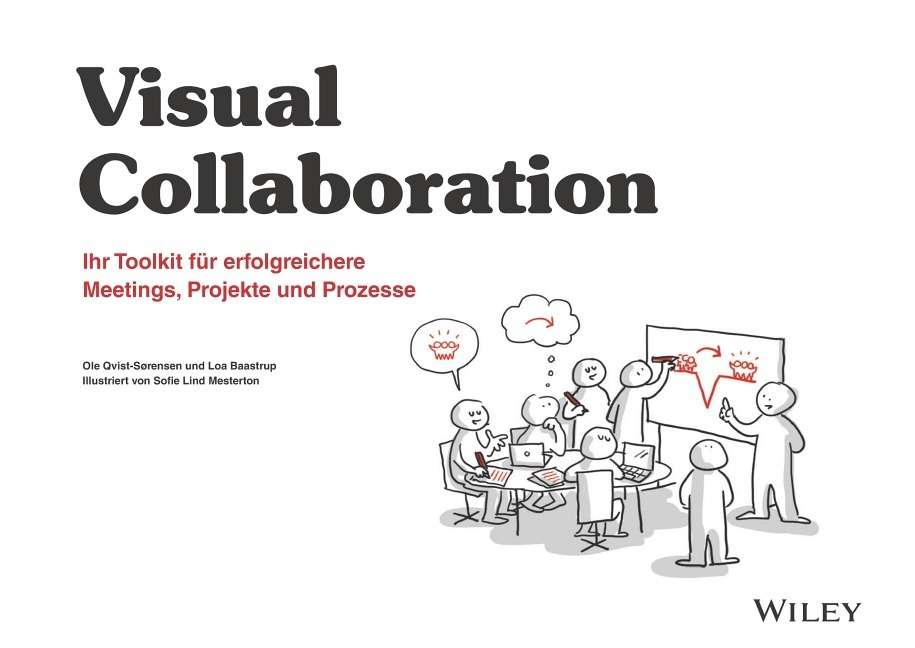Harnessing the Potential of Digital Post-Millennials in the Future Workplace
This book offers strategic leaders with essential information for their most important role: the change management function of positioning the organization for success into the future. To do so, leaders need to sort through a myriad of forecasts, predictions and weak indicators of change to make timely decisions. This volume addresses the most critical factor for future success: people and, specifically, harnessing the potential the current youth cohort will bring when they join the full-time workforce.
Drawing on multi-disciplinary analyses by 37 researchers, the book presents an integrative assessment of the characteristics that those in the current youth cohort are likely to bring to the workplace. The focus is on those born after 2005 with an examination of the implications of this cohort being raised from birth immersed in an increasingly omnipresent digital environment which extends far beyond social media. The authors see the coming 'digital tsunami' as creating disruptive effects across major elements of our economy and even society however optimistically conclude that the digital environment and the development of 21st Century skills in schools will equip the next generation with essential competencies, attitudes, social skills and work goals. The key to harnessing the potential of this generation will be to modify current human resources and workplace practices which will mean sweeping away much of the 'boomer' legacy that this cohort has imprinted on organizations. To assist leaders, the book goes beyond presenting a rich portrait of who these youth may become by providing practical recommendations for the changes that need to start now in order to position the organization to benefit from what they will bring. As the astute strategic leader knows: objects in the future can be closer than they appear.
Alan Okros has a professional and academic career spanning 47 years. As a military human resources (HR) professional, he has extensive experience developing HR policies, programs and processes. As a military researcher, he has conducted conceptual and applied research across a wide range of personnel issues with over 50 internal military research reports. He also led a team that produced a comprehensive overhaul of the Canadian military approach to leadership and has shared this work with military, government and corporate leaders across Canada and in over 20 countries. As an academic, he has published volumes, book chapters and journal articles as well as conference papers on personnel issues including diversity, youth cohort analyses and leadership topics. As a faculty member, he teaches graduate level strategic leadership to senior military and public service leaders from Canada and a range of international militaries.
This volume is the product of a three-year research project involving 35 scientists, academics and graduate students; the fourth time Dr Okros has led a large, multi-disciplinary team.
1;Acknowledgements;6 2;Contents;8 3;Surfing the Digital Tsunami;12 4;1 The Digital Environment;19 4.1;Introduction;19 4.2;Attractors, Systems of Organization and Transaction Costs;21 4.3;Futures Analyses;22 4.4;Changes in the Conditions of Change;23 4.5;Evolutions in the Digital Environment;25 4.5.1;Demographics and Age Inflation;25 4.5.2;Biotechnology and the Quantified Self;26 4.5.3;Additive Manufacturing and Artificial Intelligence;28 4.5.4;Energy and the Learning Curve;29 4.5.5;Knowledge Creation, Social Computing and the Collaborative Commons;30 4.6;Summary of Major Changes;31 4.7;Where Are We Today?;32 4.7.1;Internet Access and the Digital Divide;33 4.7.2;Teens as Digital Natives and the Rise of Social Media;35 4.8;Conclusion;38 4.9;References;39 5;2 Generational Theory and Cohort Analysis;43 5.1;Introduction;43 5.2;Generational Theory;44 5.2.1;Strauss-Howe Generational Theory;44 5.2.2;Holly Agati;46 5.2.3;Morris Massey;47 5.3;Cohort Analyses;48 5.3.1;Michael Adams;48 5.3.2;Other Measures of Cohort Changes;50 5.4;Current Generations;51 5.4.1;Cohort Definitions;51 5.5;Integrated Summary;54 5.5.1;Boomers;54 5.5.2;Generation X/13ers;54 5.5.3;Millennials/Generation Y;56 5.5.4;Generation Z/Homelanders/Post-Millennials/IGen/Gen We/Gen Me/Founders/Gen C;58 5.6;Conclusion;59 5.7;References;60 6;3 Education and Learning;62 6.1;Introduction;62 6.2;21st Century Skills;63 6.2.1;Shifting K-12 Pedagogy;66 6.2.2;Technology and the Digital Classroom;68 6.3;Tertiary Education;72 6.4;Life-Long Learning;76 6.5;Conclusion;77 6.6;References;77 7;Here Come the Transformers;82 8;4 Cognitive Capacities and Competencies;86 8.1;Introduction;86 8.2;Multitasking as Lifestyle;87 8.3;21st Century Competencies;90 8.3.1;Communication and Collaboration;90 8.3.2;Critical Thinking and Problem Solving;93 8.3.3;Cognitive Load Management;93 8.3.4;Adaptability and Dealing with Ambiguity;94 8.3.5;Creativity and Innovation;94 8.3.6;Cross-Cultural Competency and Cultural Intelligence;94 8.3.7;Digital and Media Literacy;95 8.4;Conclusion;95 8.5;References;97 9;5 Identity and Social Skills;101 9.1;Introduction;101 9.2;Social Construction;102 9.3;Continuity and Change: Millennial and Post-Millennial Identity;105 9.3.1;Parenting;105 9.3.2;Social Media and Social Skills;107 9.3.3;Diversity;109 9.3.4;Migration and Multiculturalism;111 9.3.5;Collaboration and Teamwork;113 9.3.6;Global Citizenship and Civil Engagement;114 9.3.7;The Dark Side of Social Attitudes: Trolls, Cyberbullying and Sextortion;116 9.4;Conclusion;118 9.5;References;120 10;6 Work and Life Goals;124 10.1;Introduction;124 10.2;Post-Millennials Coming of Age;125 10.2.1;Education;125 10.2.2;Major Life Decisions;127 10.2.3;Financial Status;128 10.2.4;Work Experience and Job Vacancies;131 10.2.5;Weisure Time;133 10.2.6;Social Justice and Workplace Fairness;134 10.3;Conclusion;135 10.4;References;136 11;Mirrors and Chameleons;139 12;7 Post-Millennials in The Workplace;143 12.1;Introduction;143 12.2;The Clash of Generations (and the Remaking of the World Business Order);144 12.2.1;Organizational Structures;144 12.2.2;The Career Employment Model;145 12.2.3;Organizational Culture;146 12.3;Technology and Social Media;148 12.4;Teams and Collaboration;149 12.5;Responsible Autonomy;151 12.6;Information Control, the "Truth" and Challenges to Authority;152 12.7;Organizational Loyalty and Advancement;155 12.8;Supervision and Mentoring;156 12.9;Conclusion;157 12.10;References;158 13;8 Harnessing the Potential of Digital Post-Millennials;161 13.1;Introduction;161 13.2;Organizational Effectiveness;162 13.2.1;Quinn's Competing Values Framework;162 13.3;Leading the Organization and Leading People;163 13.3.1;Accommodating Adaptability;165 13.3.2;Counterbalancing Control;167 13.3.3;Investing in Human Capital;169 13.3.4;Maintaining Productivity;171 13.3.5;Integrative Culture;172 13.4;References;175 14;9 Surf's Up;176 14.1;Reference;179
Okros, Alan
| ISBN | 9783030257262 |
|---|---|
| Artikelnummer | 9783030257262 |
| Medientyp | E-Book - PDF |
| Copyrightjahr | 2019 |
| Verlag | Springer-Verlag |
| Umfang | 179 Seiten |
| Sprache | Englisch |
| Kopierschutz | Digitales Wasserzeichen |

